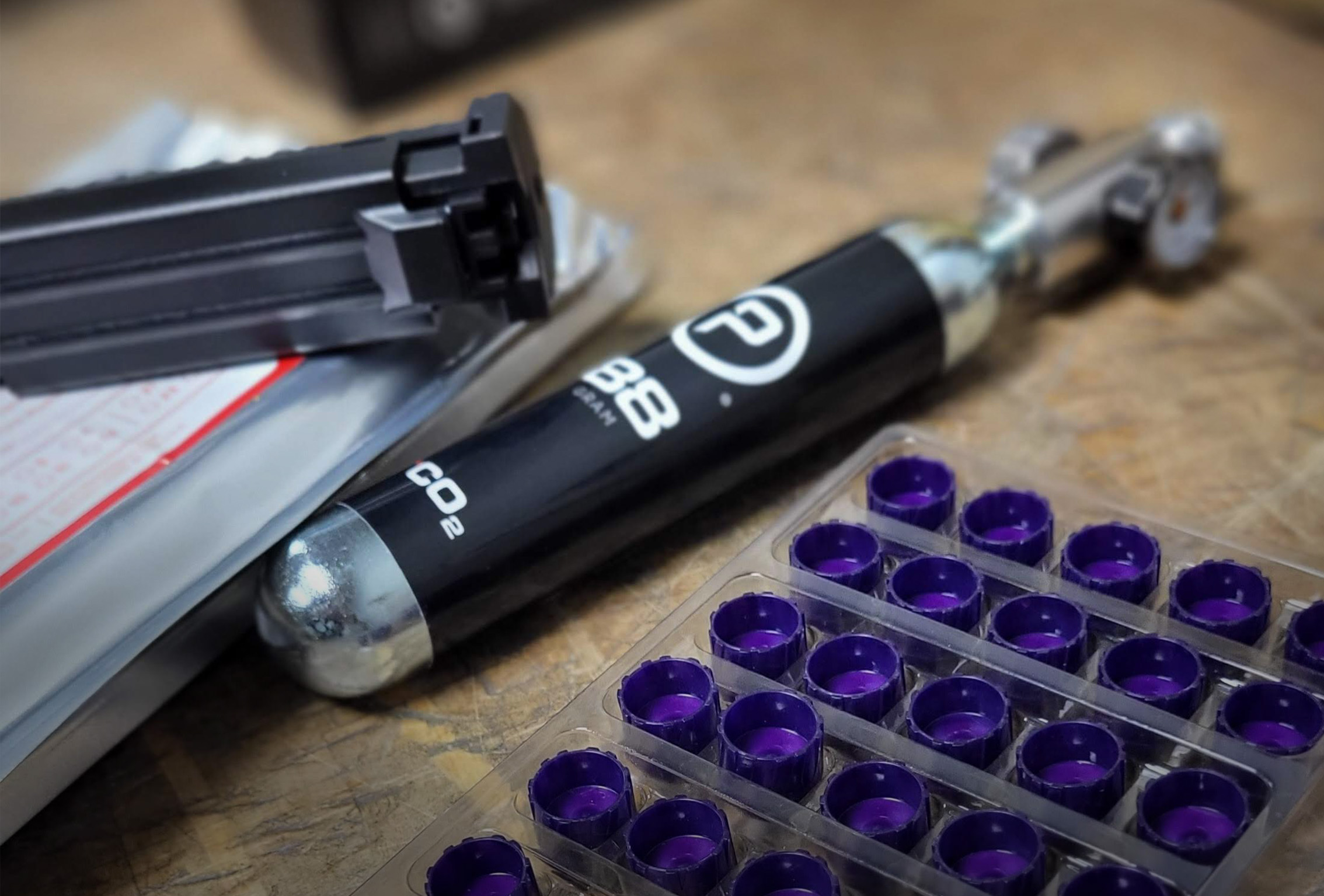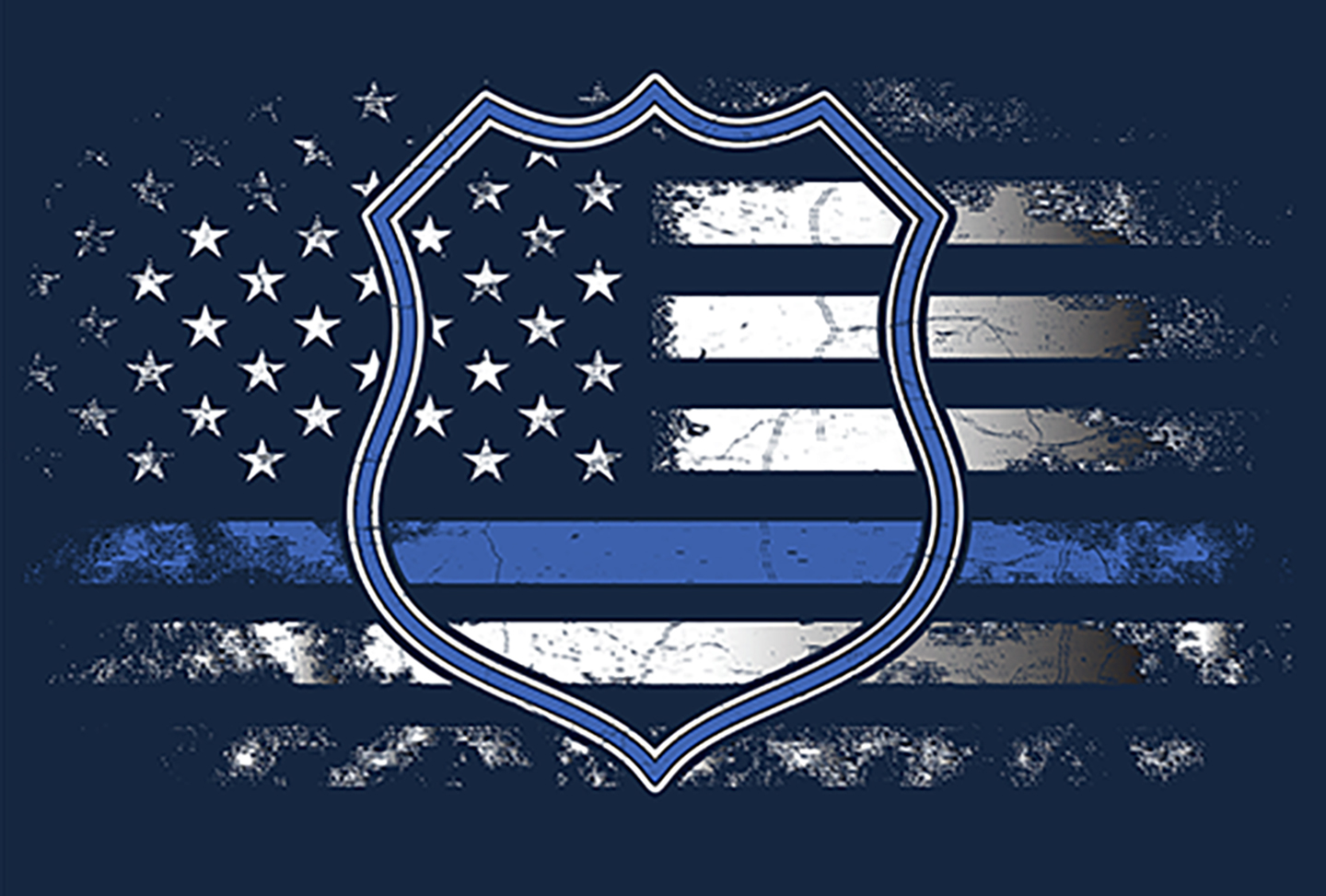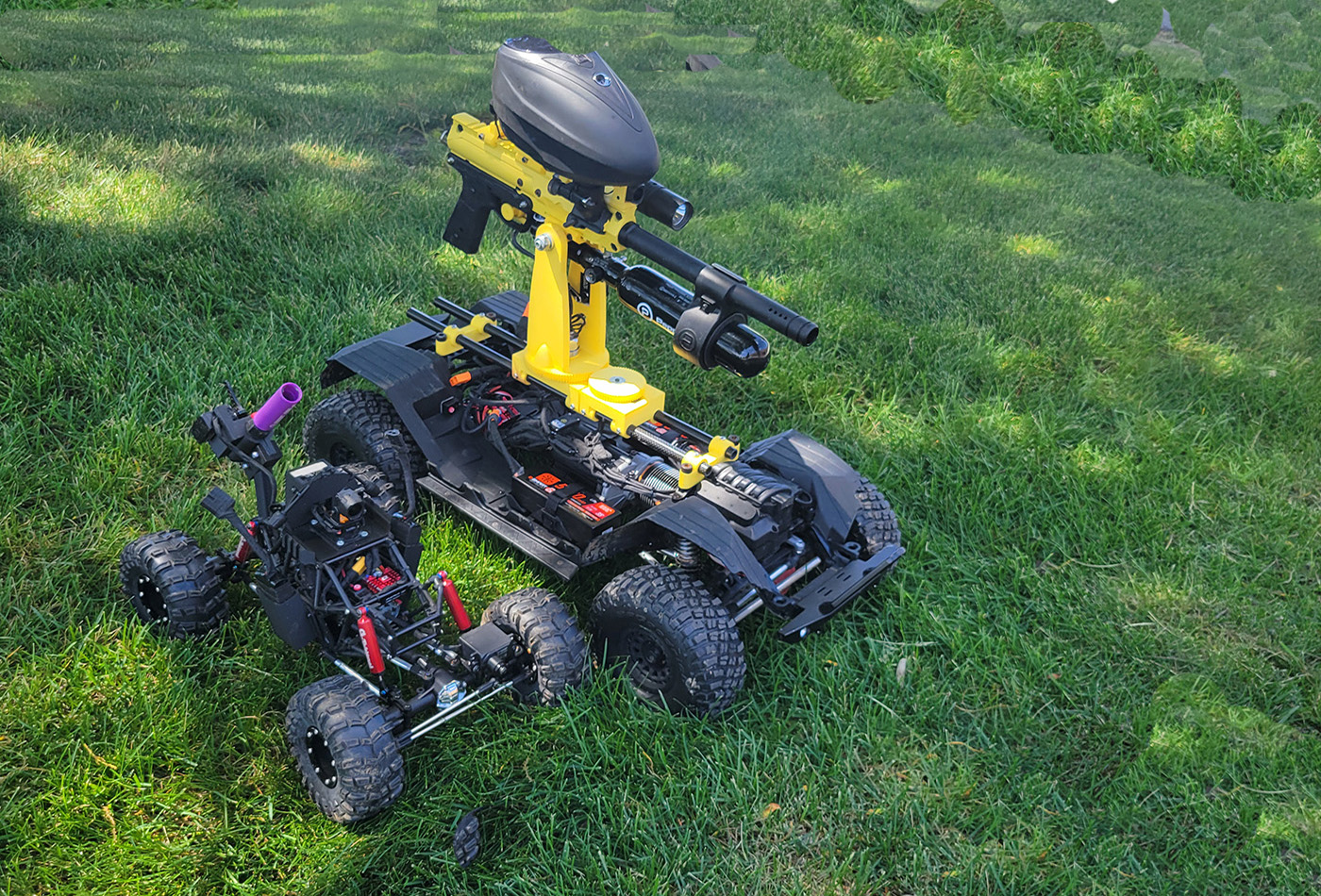By: Scott Quarles, Director of Product Management
The weather is cooling down and that means it’s time to do seasonal maintenance on PepperBall® launchers. It’s also a great time for a refresher on launcher A to Zs and how to make them deploy reliably, every time. The air source plays a key factor in successful deployment.
AIR SUPPLY FOR NON-LETHAL
PepperBall non-lethal launchers run on either CO2 or HPA (High Pressure Air) – or N 2. CO2 is carbon dioxide, which is the primary source for the TRP pistol format launcher. It’s also found in the 88g format, which is compatible with all PepperBall carbine style launchers. HPA is compressed air (approx. 75% Nitrogen and 18% oxygen and other gases), which is filled from SCUBA tanks – and used to fill the PepperBall 13cu, 15cu, 17cu, 30cu and 62cu HPA tanks.
HPA is kept around 3000 to 4500 psi in a tank while CO2 is kept at around 850 psi in the liquid state. Because of this difference in pressure, HPA requires a regulator, while CO2 does not. As most PepperBall launchers are designed to work with this pressure, users will typically not be to tell the difference in performance between the two if the launcher temperature is kept in the proper range.
CARBON DIOXIDE (CO2): PROS AND CONS
BENEFITS OF CO2: The accessibility of CO2 makes it one of the most popular methods of powering launchers. Both the 12g and 88g pre-filled cartridges can be purchased at many different retail outlets, including: Wal-Mart, Dick’s Sporting Goods, Academy Sports, Scheels, Bass Pro Shop, Cabela’s, and other supply stores. When stored and used in the proper environment(40-90*F), it will perform well and provide a stable air source for most deployments.
Shoot at a slow rate of fire to maintain a consistent velocity. Because liquid CO2 is cold, it can often cause problems under high rate of fire or heat – causing launcher failure.
DRAWBACKS OF CO2: Because CO2 is a liquid turning to gas, it cools as it expands. This isn’t a major concern if you don’t deploy much but is very noticeable when deploying rapidly or frequently. If there are big white clouds of vapor coming out the muzzle and white snow falling out the barrel (its actually dry ice) when shooting, that means that liquid worked its way into the launcher.
DIY - Here’s an easy test to demonstrate this fact: air up two launchers and “dry fire” as fast as you can with both CO 2 and HPA. The launcher shooting CO2 will get cold and possibly ice up, while the HPA gun should maintain temperature with its surroundings. The CO2 might even start leaking. But – if you let it sit for a short time and warm up, the o-rings will start functioning correctly again.
Due to the properties of liquid CO 2, pressures of the CO2 will always fluctuate due to outside temperatures, so it CANNOT be controlled like HPA. Because of this, CO2 is not recommended for use in extremely cold weather. In cold weather the pressure can get so low that your launcher won’t cycle properly. Liquid CO2 is also hard on launcher seals and can cause damage if the launcher is allowed to freeze multiple times. This means that CO2 will have issues performance issues below 40*F – it becomes more susceptible to freezing. If CO2 must be used in cold weather, make sure to keep it in a heated cruiser or location until deployment.
In hot weather, CO 2 will work well but must be kept out of direct sunlight. This includes the launcher that the CO2 is attached to. Always keep your CO2 bottle cool, away from direct sunlight, fire, radiators, etc.
HIGH-PRESSURE AIR (HPA): PROS AND CONS
BENEFITS OF HPA: HPA/N2 is the most stable and consistent air source for our launchers. It can be used in all types of weather and climate, thus doesn’t cause o-ring damage via freezing or over pressurization.
DRAWBACKS OF HPA: The barrier of entry for HPA is much higher due to the need for a larger tank to re-fill or having to purchase proprietary pre-filled cartridges (coming soon for the TRP, VKS, and PPC).
HPA/N 2 can also be sensitive to temperature as well but not as pronounced. The only real worry is leaving tanks out in the sun. Leaving a launcher, tank, or air cartridge in the direct sunlight can cause the pressure to increase, thus causing the launcher to fail.
QUICK Q&A
Why does my CO2 powered launcher get cold after I shoot a lot? There is usually both liquid and gas in the CO2 cartridge. When the launcher is deployed, some gas is drawn out of the bottle. The remaining liquid evaporates to restore the pressure in the bottle, and just as water evaporating from your skin cools you off, the CO2 evaporating from the liquid in the bottle cools off the whole bottle, liquid, gas, and all.
The molecules of the liquid CO2 are in constant motion, some moving faster than average, some moving slower. The average speed of the molecules is related to temperature, the higher the temperature, the faster they move on average. However, when molecules evaporate from a liquid, it is only the faster "hot" molecules that can jump into the gas phase. They lose some of their speed breaking away from the liquid, but the liquid that is left behind is colder than it was because it lost its "hot" molecules to the gas.
Have additional questions? Reach out to PepperBall at service@pepperball.com and get the info.




